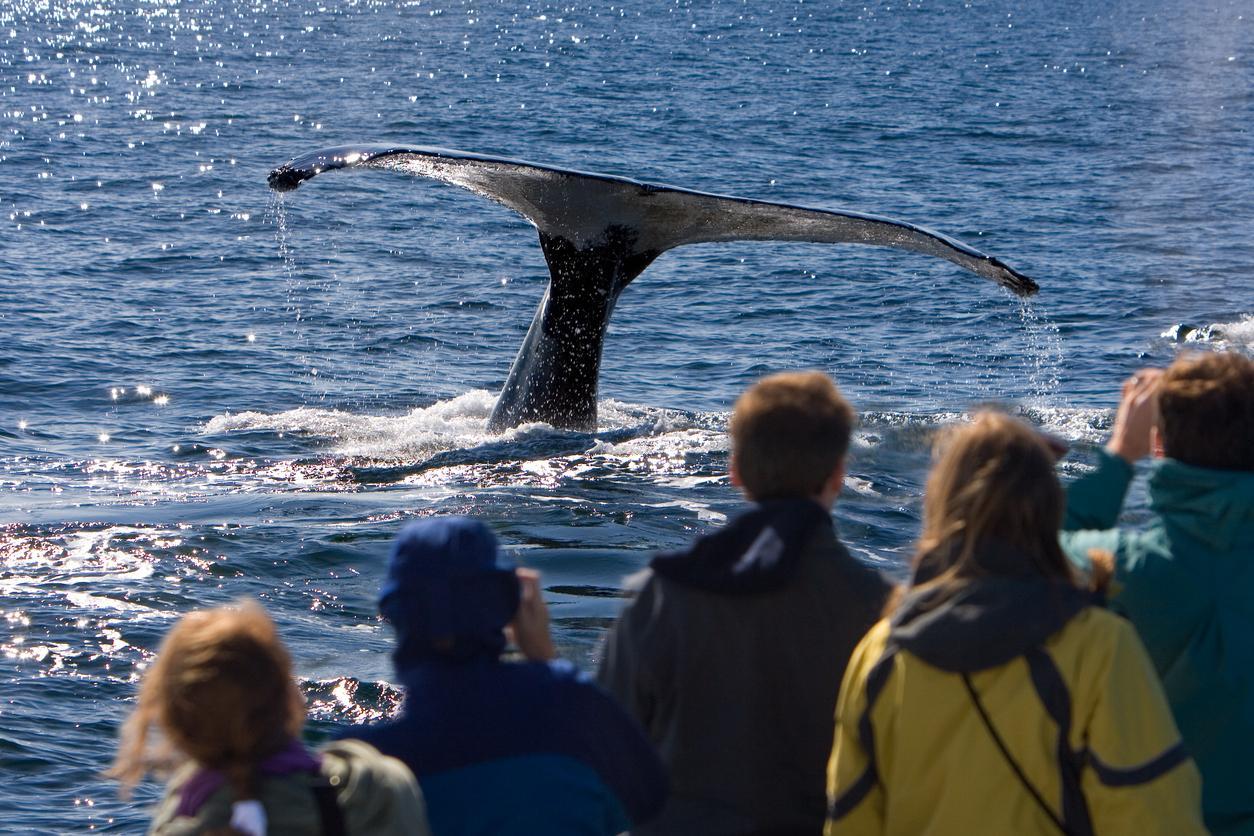There’s something about the hush just before it happens. You’re bobbing along on the big blue, the salty breeze tousling your hair, eyes squinting at the horizon. The world feels paused—until it’s not. A mighty puff of mist shoots skyward, followed by a glistening back the size of a minibus, and just like that, your heart’s pounding in delight.
Whale watching isn’t just a tick on the bucket list—it’s a full-body, spine-tingling kind of wonder. If it’s your first time, you’re in for a treat. We won’t be surprised if you immediately go looking for Eurobodalla whale watching spots after reading this guide.
The Stars of the Show: Who You Might Spot
Let’s talk humpbacks. They’re the rockstars of the whale world—and they know it. Imagine a 40-tonne mammal launching itself out of the water like it’s showing off at a backyard pool party. That’s a breach, and humpbacks love to do it. Some reckon they’re just having fun. Others say it’s how they talk, flirt, or shake off barnacles.
Humpbacks are social types—playful, curious, and not shy about getting close. Calves stick close to mum, riding her slipstream like they’re tucked into a warm doona. If you’re lucky, you might even hear their songs—haunting, beautiful melodies that echo for kilometres under the sea.
| Fun fact: The journey whales make is no Sunday stroll. They travel thousands of kilometres up and down the Aussie coast. That’s some serious stamina. |
What to Pack (But Don’t Overthink It)
First-timer nerves? Don’t sweat it. You don’t need to kit out like you’re climbing Everest. A few well-chosen items will do the trick:
- Binoculars – For when the big splash is just that bit further out.
- Warm layers – The wind can bite, even on blue-sky days. Better to peel off a jumper than wish you’d packed one.
- Snacks and water – Whale spotting works up a hunger!
- Camera (or phone with zoom) – You’ll want receipts when you tell your mates what you saw.
Where to Watch: Shore vs. Boat
Now, here’s the choice: solid ground or open water? Both have their charms. From the shore, it’s all about taking it slow. Picture yourself on a grassy clifftop, thermos in hand, scanning the horizon. There’s no rush, no motion sickness, and it’s ideal for families or those who’d rather not test their sea legs.
Some folks even pack a picnic, turn on some tunes, and make a day of it. And don’t be fooled—whales come surprisingly close to shore sometimes, especially near deeper drop-offs.
Boat tours, on the other hand, are more of a front-row experience. The engine hums beneath you, sea spray kisses your cheeks, and suddenly—you’re right there, metres from a breaching beauty. It’s exhilarating, intimate, and yes, a little splashy. Great for those chasing that up-close magic.
Reading the Water: How to Spot a Whale
Whale spotting isn’t just looking for a big fish. It’s like tuning into the sea’s own little Morse code.
First, keep an eye out for that telltale spout—a misty puff that looks like someone’s just exhaled from a giant kettle. Then there’s the slick back, gently rising before a graceful arch and a flick of the tail—or fluke—disappearing like a wave goodbye.
Sometimes, it’s a splash in the distance or a sudden shimmer of white (that’s the belly, if one’s showing off with a spin). If you spot one, don’t look away too fast. They often travel in pods, so more might be just behind.
What It’s Really Like
It’s not just what you see—it’s what you feel. The first time you spot a whale, there’s a hush. Conversations trail off. Cameras dangle mid-air. You just… watch. Mouth open, completely amazed.
When a whale breaches, the whole boat (or clifftop crowd) tends to erupt—cheers, gasps, laughter. Someone might shout “Did you see that?!” while fumbling for their phone. And honestly, even if your photos turn out blurry, the moment’s burnt into your memory.
It’s humbling, weirdly emotional, and slightly addictive. You’ll walk away feeling like you’ve seen something ancient. Something that doesn’t care for schedules or spectators but gave you a moment anyway.
Don’t Expect a Circus (But Do Expect Magic)
Whales aren’t on the clock, and they don’t do tricks on cue. You might not get a cinematic breach or a close pass. Sometimes, all you’ll see is a far-off puff or a flick of tail—and that’s okay.
Because part of the joy is in the waiting. In slowing down. In watching the ocean breathe. There’s something magical about sitting still and scanning the sea, like you’re tapping into something older than time. On days when the whales play hard to get? Well, you still had the salt air, the horizon, and the thrill of “what if.”
Tips From the Regulars
- Be patient. Whales move when they feel like it—not when your tour starts.
- Keep scanning. They love to pop up when no one’s looking.
- Don’t watch only through the lens. Your eyes are the best camera you’ve got.
- Stay curious, stay loose, and remember—half the fun is in the surprise.
A Tale Worth Telling
Whale watching isn’t just something you do. It’s something you carry with you. The scent of the sea, the call of gulls overhead, the sudden splash that sends your heart racing—these things linger.
Even if you don’t spot a single whale (though fingers crossed you will), you’ll come back with a story. Maybe about the one that almost breached. Or how you stood still for the first time in weeks and just listened to the waves.
And if you’re like most first-timers? You’ll already be planning the next trip. Because once you’ve felt that tug—that whisper of the wild—you’ll want to feel it again.
